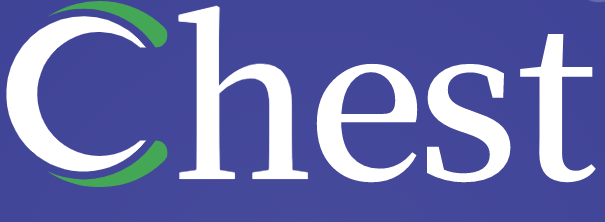Summary
In patients in whom complete response to definitive chemoradiotherapy for esophageal cancer has been achieved, computed tomography (CT) or endoscopic surveillance should be conducted to detect recurrence. Since intraesophageal recurrence, if detected early, is expected to be cured by salvage therapy, endoscopic surveillance is important from the standpoint of both the quality of life (QOL) and the prognosis.
Even after complete response of the primary lesion to definitive chemoradiotherapy has been achieved, recurrence of the primary lesion occurs at a high incidence. Therefore, it is important to perform endoscopy 1 month after complete response is documented and frequently (every 2–3 months) thereafter for 1 year, and subsequently, every 4–6 months, for early detection of any local recurrence of the primary lesion. Even if a complete response is not achieved, frequent endoscopy immediately after treatment is important, so that remnant lesions or relapse could be detected early and treated by endoscopic means or surgery.
原文链接:http://www.xxwk.net/archives/3572




